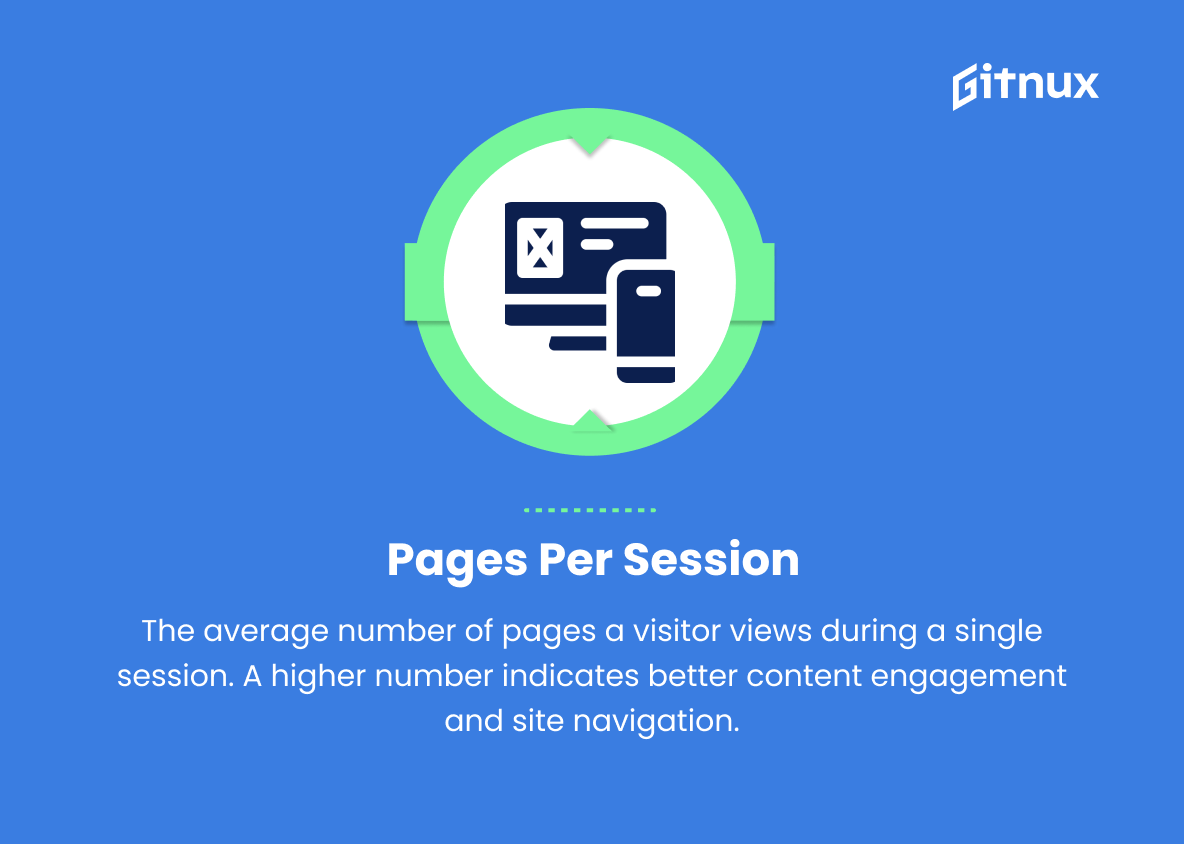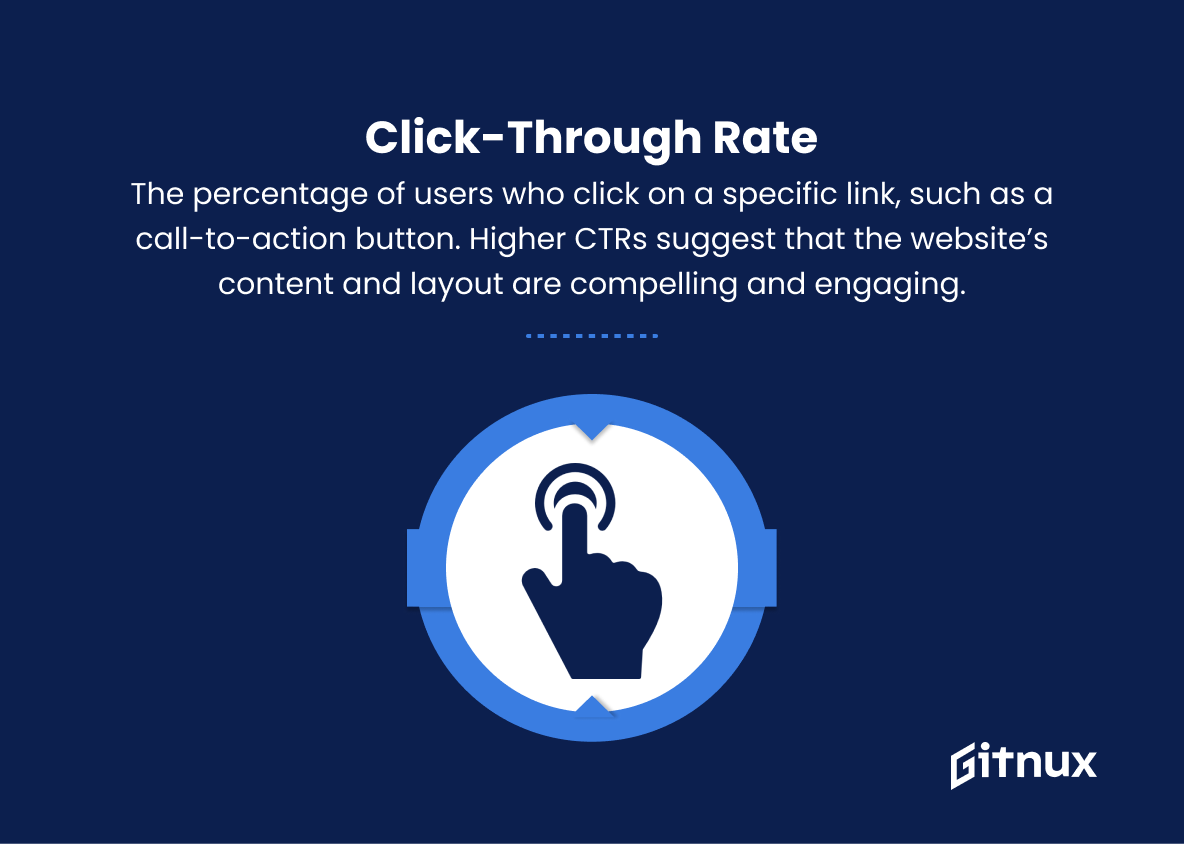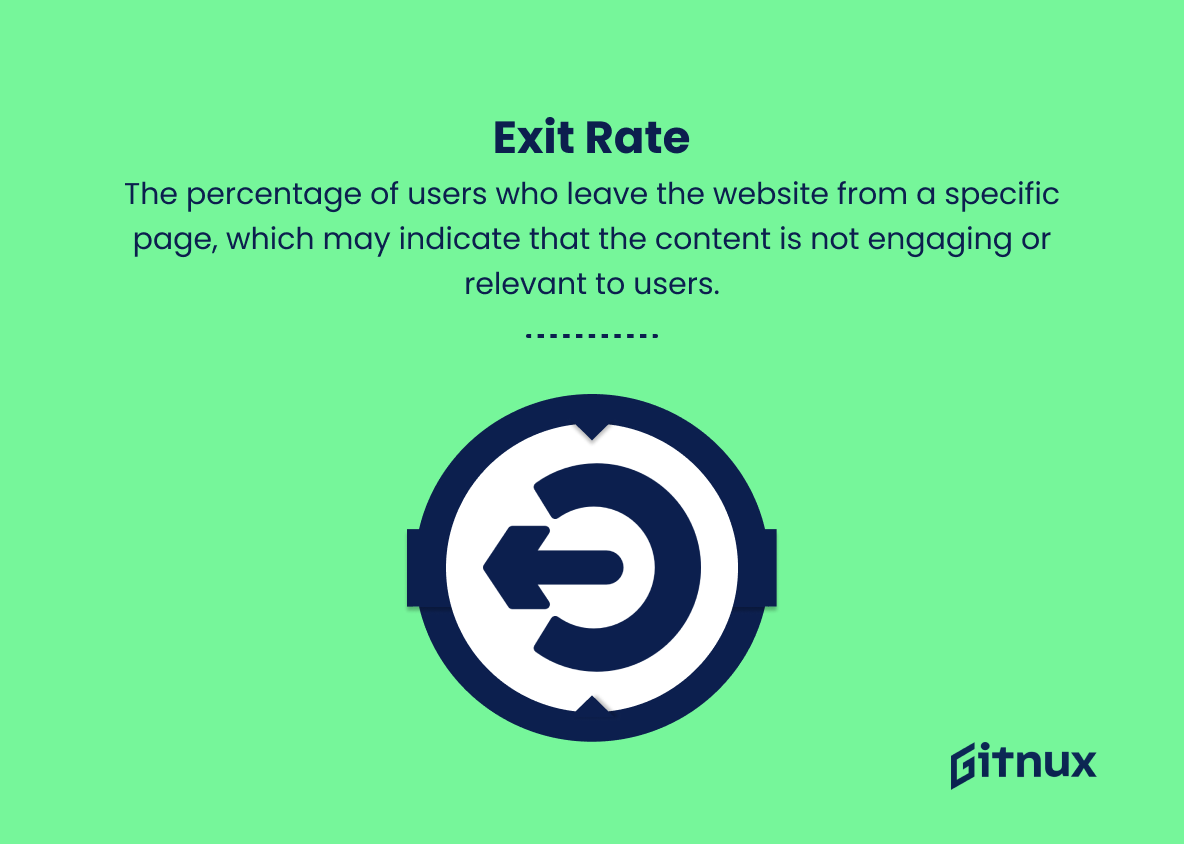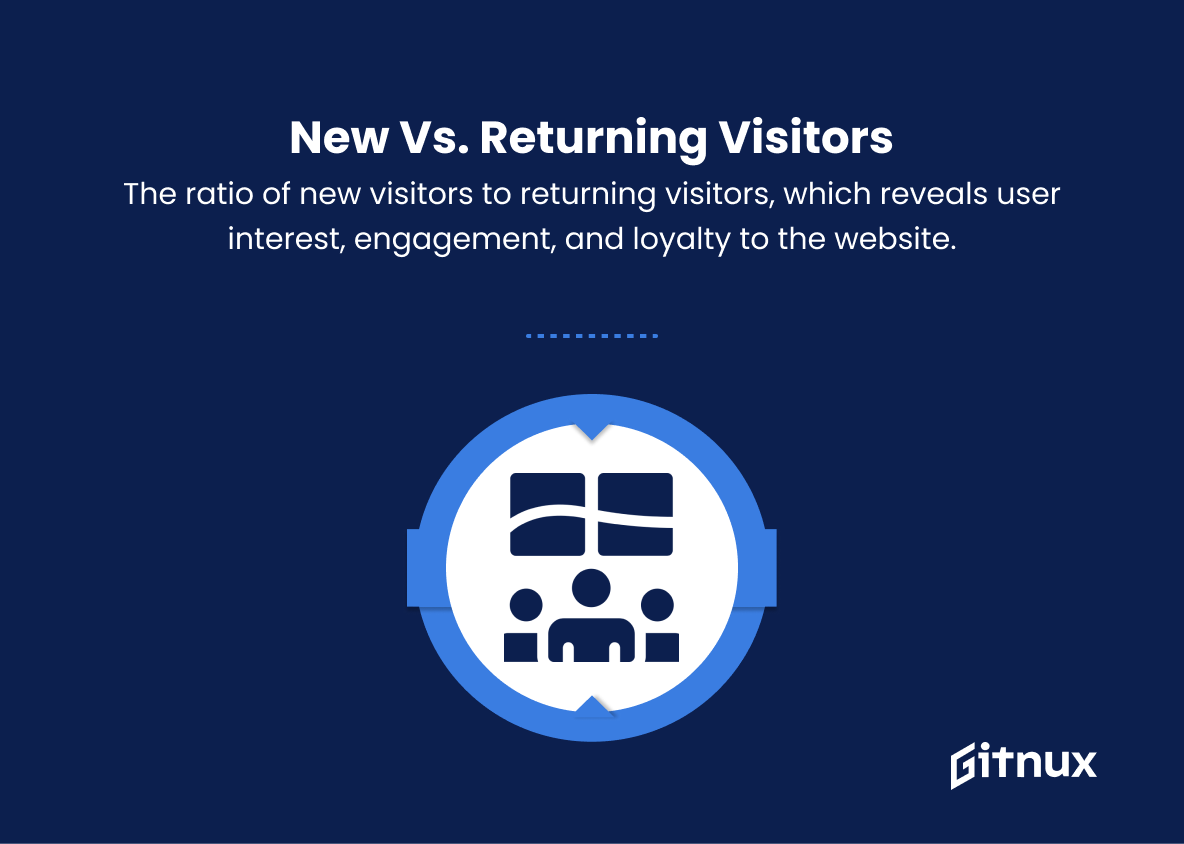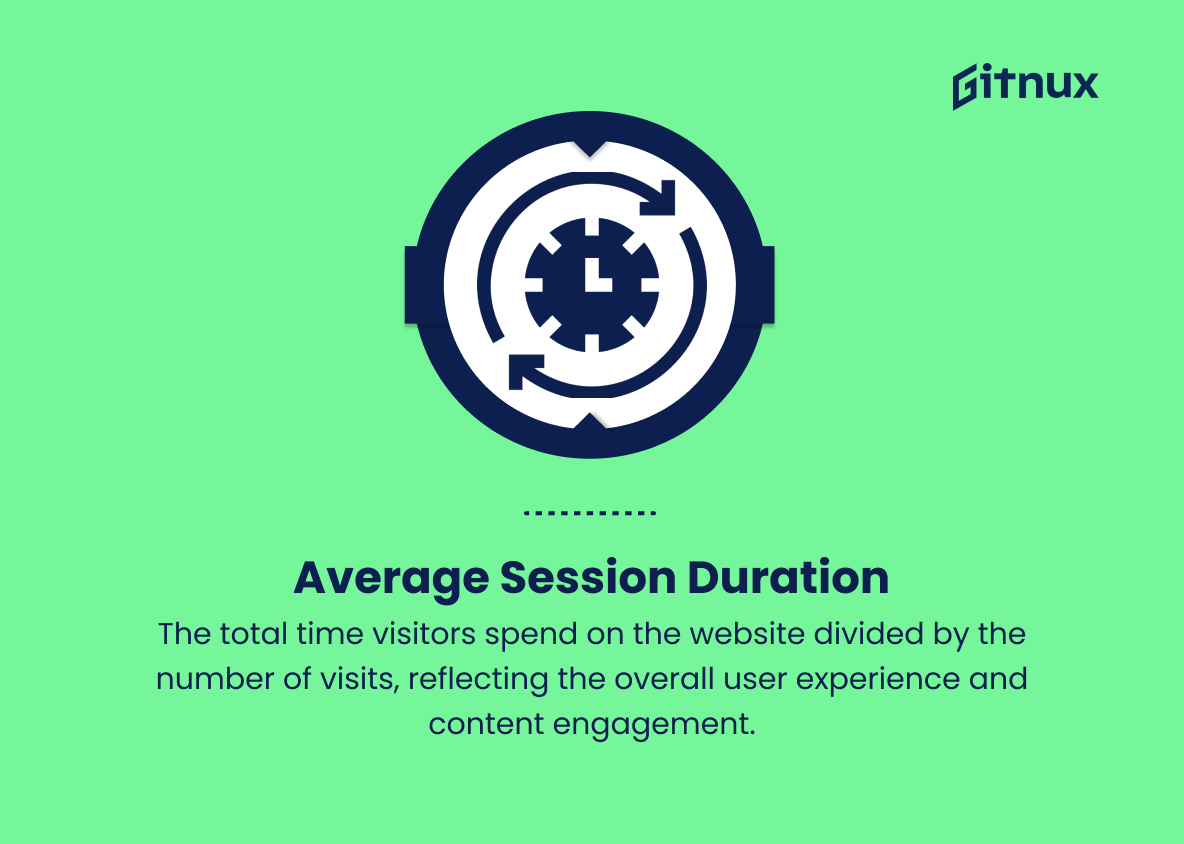In today’s digital era, data-driven decision-making has become paramount in shaping business strategies, propelling growth, and ensuring success. Website engagement metrics lie at the core of this analytical approach, empowering businesses and website owners to extract invaluable insights about their online presence. In this blog post, we delve deep into the world of website engagement metrics, exploring their significance, intricacies, and application in optimizing user experience and elevating your brand’s digital standing. Join us on this analytical journey as we unveil the key metrics that can transform your understanding of your audience’s behavior and unlock your online potential.
Website Engagement Metrics You Should Know
1. Bounce rate
The percentage of visitors who leave the website after viewing only one page. A high bounce rate indicates that the website’s content, design, or structure may not be engaging or relevant to users.
2. Time on site
The average amount of time a visitor spends on the website. This indicates how engaged users are with the content and the overall user experience.
3. Pages per session
The average number of pages a visitor views during a single session. A higher number indicates better content engagement and site navigation.
4. Click-through rate (CTR)
The percentage of users who click on a specific link, such as a call-to-action button. Higher CTRs suggest that the website’s content and layout are compelling and engaging.
5. Return visitor rate
The percentage of users who visit the website more than once. A higher return visitor rate implies that the website’s content is valuable, engaging, and encourages users to come back.
6. Conversion rate
The percentage of visitors who take a desired action, such as making a purchase, signing up for a newsletter, or filling out a contact form. A higher conversion rate represents a more effective and engaging website.
7. Scroll depth
The percentage of users who scroll down a page, indicating their level of interest and engagement with the content.
8. Exit rate
The percentage of users who leave the website from a specific page, which may indicate that the content is not engaging or relevant to users.
9. Social media shares
The number of times website content is shared on social media platforms, which can indicate the level of engagement with the content and its perceived value by users.
10. New vs. returning visitors
The ratio of new visitors to returning visitors, which reveals user interest, engagement, and loyalty to the website.
11. Average session duration
The total time visitors spend on the website divided by the number of visits, reflecting the overall user experience and content engagement.
12. Top entry pages
The most common pages through which users enter the website, which can help identify popular and engaging content.
13. Top exit pages
The most common pages from which users leave the website, which can help identify potential issues with content, navigation, or user experience.
14. Heatmaps
Visual representations of user behavior on a webpage, such as clicks, scrolls, and hover movements, which can reveal patterns and trends in user engagement.
15. User feedback
Direct feedback from users through surveys, comments, and reviews can provide insight into the user experience and level of content engagement.
Website Engagement Metrics Explained
Website engagement metrics matter because they provide valuable insights into the user experience, content relevance, and overall effectiveness of a website. Metrics such as bounce rate, time on site, pages per session, and click-through rate indicate how engaging and relevant the website’s content and design are to users. Conversion rate, return visitor rate, and exit rate inform the success of the website in meeting user needs and encouraging return visits.
Metrics like scroll depth, social media shares, new vs. returning visitors, and top entry and exit pages provide deeper understanding of user behavior on specific pages, highlighting the impact of the content and user experience on engagement. Heatmaps and user feedback further contribute to identifying trends and issues, guiding improvements to optimize the website for better engagement and user satisfaction.
Conclusion
In conclusion, website engagement metrics are vital tools for any online business, content creator, or marketer. By evaluating and interpreting these metrics, one can create more compelling and relevant content that resonates with their target audience, leading to increased user satisfaction, higher conversion rates, and a stronger online presence.
By focusing on KPIs such as time on site, bounce rate, pages per visit, and returning visitors, website owners and marketers can continually optimize their online assets to stay ahead in the competitive digital landscape. Ultimately, understanding, monitoring, and acting upon these engagement metrics is essential to online success and should be a top priority for anyone striving to make a lasting impact in the world of digital content.


